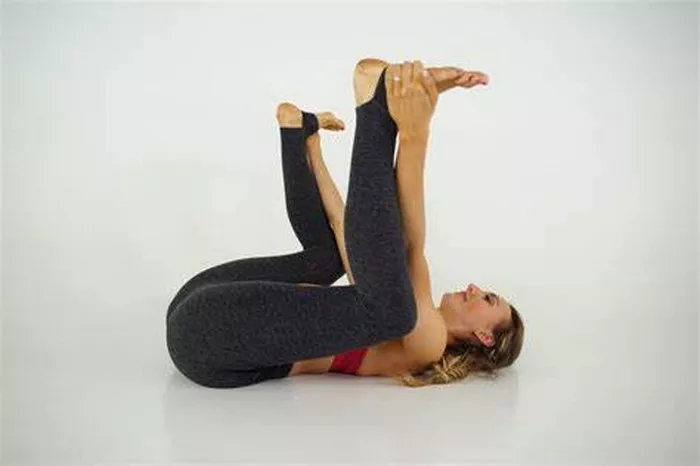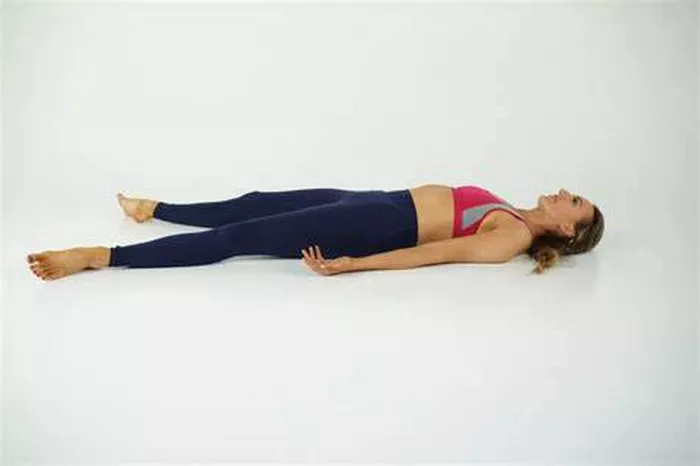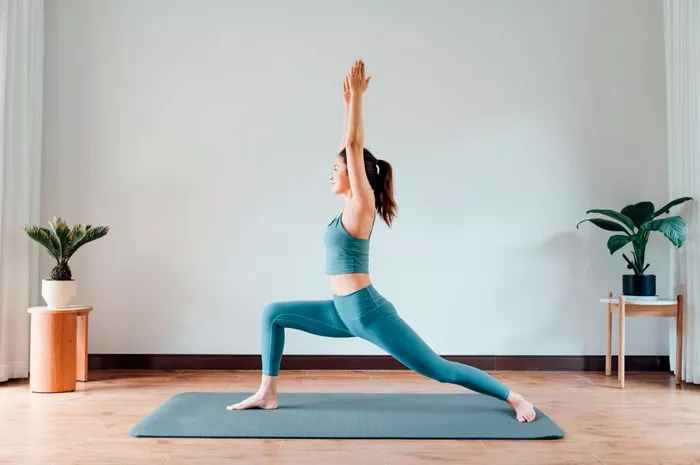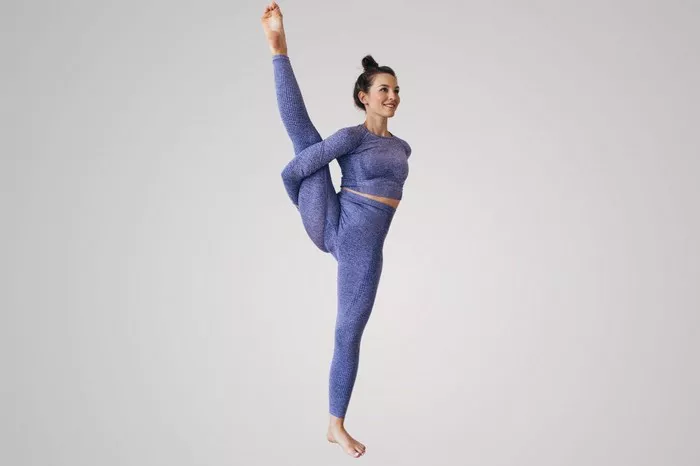Kriya Yoga is a powerful system of spiritual practices that are designed to accelerate personal growth, foster mental clarity, and ultimately lead to spiritual awakening. One of the fundamental aspects of Kriya Yoga is its focus on breathing techniques, known as Pranayama, which play a crucial role in harmonizing the body and mind. Among the various forms of Pranayama, Kriya Yoga breathing stands out due to its deep, transformative effects on the practitioner.
This article aims to guide you through the process of practicing Kriya Yoga breathing, explaining its principles, benefits, and how you can incorporate it into your daily life to enhance your overall well-being and spiritual development.
Understanding Kriya Yoga and Its Breathing Techniques
Before diving into the specifics of Kriya Yoga breathing, it is essential to have a basic understanding of what Kriya Yoga is. The term Kriya comes from the Sanskrit word meaning “action” or “effort,” and Yoga means “union.” Therefore, Kriya Yoga refers to a set of techniques designed to bring the practitioner into a state of harmony and union with the divine by purifying the body and mind.
The breathing techniques in Kriya Yoga are centered around controlled and conscious breathing to harmonize the flow of energy within the body. Through these practices, the practitioner learns to control their breath, quiet their mind, and ultimately experience higher states of consciousness.
Kriya Yoga includes several key components:
Pranayama (Breathing Control): The foundation of Kriya Yoga, focused on controlling the breath to influence energy flow.
Meditation: Practices aimed at calming the mind and achieving inner peace.
Mudras and Bandhas: Specific hand gestures and body locks to control the flow of energy within the body.
Visualization and Mantra: Techniques used to focus the mind and invoke spiritual awakening.
In this article, we will focus on the breath control aspect, which is the primary technique in Kriya Yoga that enables the practitioner to experience heightened awareness and spiritual progress.
The Importance of Breath in Yoga
The breath is often referred to as the “bridge” between the mind and body. It is the most immediate and natural indicator of our physical and mental states. In moments of stress, fear, or anxiety, our breathing becomes shallow and irregular. Conversely, when we are calm and relaxed, our breath flows deeply and evenly.
In yoga, the breath is considered a vital force (prana) that circulates through the body and nourishes both the physical and energetic systems. Through controlled breathing, one can consciously influence the flow of prana, thereby improving physical health, mental clarity, and emotional stability.
Kriya Yoga’s breathing techniques work by regulating the prana within the body, increasing its flow to energize the practitioner, calm the mind, and promote physical and emotional healing. The practice also activates the parasympathetic nervous system, which is responsible for relaxation and rejuvenation.
Key Principles of Kriya Yoga Breathing
The primary principles behind Kriya Yoga breathing are:
Consciousness of Breath: Awareness of each inhalation and exhalation allows the practitioner to connect with their inner self.
Control and Regulation: By controlling the breath, practitioners can manipulate the flow of prana, influencing physical and mental states.
Slow and Deep Breathing: This encourages relaxation, detoxification, and a balance of energy within the body.
Retention of Breath: Breath retention (kumbhaka) is a common technique in Kriya Yoga to enhance mental concentration and increase energy reserves.
Now, let’s explore the steps to effectively practice Kriya Yoga breathing.
Steps for Practicing Kriya Yoga Breathing
Before beginning Kriya Yoga breathing, it is important to create a quiet, comfortable space where you can focus entirely on your practice. You should be seated in a comfortable position, such as a cross-legged posture on the floor or sitting on a cushion. Keep your spine straight, your shoulders relaxed, and your hands resting on your knees.
Step 1: Establish a Calm and Relaxed State
To begin your practice, take a few moments to settle into your body and breath. Close your eyes, gently breathe in and out through your nose, and allow any tension to release with each exhalation. Bring your attention to the present moment and clear your mind of any distractions.
Step 2: Practice Deep Breathing
Begin by practicing deep belly breathing, which involves inhaling deeply into your abdomen rather than your chest. As you inhale, allow your belly to expand, filling your lungs from the bottom up. On the exhalation, contract your abdomen to expel the air completely.
This deep breathing technique helps activate the diaphragm, improve oxygenation, and increase your energy levels. Practice this for a few minutes, allowing your breath to become slower and deeper with each cycle.
Step 3: Introduce the Ujjayi Breath
Ujjayi breath is often incorporated into Kriya Yoga practices. This technique involves slightly constricting the back of the throat, creating a gentle sound as the air moves in and out. It is often described as a “victorious” or “oceanic” breath because of the audible sound it produces.
To practice Ujjayi breath:
- Close your mouth and breathe in and out through your nose.
- Gently constrict the back of your throat, as if you are fogging a mirror.
- Maintain this steady and gentle breath throughout your practice.
Ujjayi breath helps to calm the mind, regulate energy flow, and enhance concentration during meditation.
Step 4: Practice Nadi Shodhana (Alternate Nostril Breathing)
Nadi Shodhana is a balancing breath technique that involves alternating the flow of breath through each nostril. This technique helps to clear blockages in the energy channels (nadis), bringing harmony to the mind and body.
To practice Nadi Shodhana:
- Sit comfortably with your spine straight and your left hand resting on your knee.
- Use your right hand to close your right nostril with your thumb.
- Inhale deeply through your left nostril, then close the left nostril with your ring finger.
- Open your right nostril and exhale completely.
- Inhale deeply through the right nostril, then close the right nostril with your thumb.
- Open the left nostril and exhale completely.
- This completes one round. Continue this practice for 5-10 rounds, focusing on your breath and allowing your mind to calm.
Nadi Shodhana helps to balance the left and right hemispheres of the brain, reduce stress, and improve focus.
Step 5: Kriya Pranayama (Breathing with Energy)
Kriya Pranayama is a core component of Kriya Yoga breathing techniques. This technique involves specific breath control methods combined with mental focus. The aim is to move energy along the spine, specifically up and down the sushumna nadi, the central channel of energy in the body.
To practice Kriya Pranayama:
- Begin by practicing deep abdominal breathing to relax the body.
- As you inhale, mentally focus on drawing energy from the base of the spine up toward the crown of your head.
- As you exhale, mentally focus on sending energy down the spine, reaching the base of your spine.
- Continue this process for several rounds, feeling the subtle movement of energy within your body.
This technique requires patience and practice, as it takes time to develop a deep awareness of the energetic movements within your body. Kriya Pranayama helps increase pranic energy, reduce mental distractions, and deepen meditation.
Step 6: Breath Retention (Kumbhaka)
Breath retention, or Kumbhaka, is an advanced technique in Kriya Yoga that involves holding the breath after inhalation or exhalation. This practice is used to increase vitality, enhance concentration, and facilitate the movement of energy within the body.
To practice Kumbhaka:
- Begin by inhaling deeply, then hold your breath for a few seconds, keeping the body relaxed.
- As you exhale, hold your breath out for a few seconds, remaining calm.
- Gradually increase the duration of the breath retention as your practice deepens.
While practicing Kumbhaka, always listen to your body and do not force yourself to hold your breath beyond your capacity. The goal is to find a balance that feels comfortable yet challenging.
Step 7: Conclusion of the Practice
After completing your Kriya Yoga breathing session, take a few moments to sit quietly and observe the effects of the practice. Notice any changes in your physical body, mental clarity, or emotional state. Allow your breath to return to a natural rhythm, and gently open your eyes when you feel ready.
It is important to practice regularly, as the benefits of Kriya Yoga breathing deepen over time. Initially, you may notice improved focus, increased energy, and a greater sense of calm. With consistent practice, you will experience more profound shifts in your awareness and spiritual growth.
Benefits of Kriya Yoga Breathing
Kriya Yoga breathing offers a multitude of physical, mental, and spiritual benefits. Some of the most notable benefits include:
Enhanced Mental Clarity: Kriya Yoga breathing techniques calm the mind, reduce mental chatter, and improve concentration.
Increased Energy and Vitality: The practice of controlled breathing stimulates the flow of prana, revitalizing the body and energizing the practitioner.
Emotional Healing: Regular practice helps to release emotional blockages and foster emotional balance.
Stress Reduction: Kriya Yoga breathing activates the parasympathetic nervous system, promoting deep relaxation and reducing stress levels.
Spiritual Growth: Kriya Yoga breathing techniques can help open the practitioner to higher states of consciousness, deepening their spiritual connection and fostering inner peace.
Conclusion
Kriya Yoga breathing is a profound and transformative practice that offers numerous benefits for physical health, mental well-being, and spiritual awakening. Through conscious control of the breath, you can harmonize the flow of energy in your body, reduce stress, and experience a deeper connection with your inner self.
If you are new to Kriya Yoga, it is important to start slowly and practice consistently. Over time, as you become more attuned to the subtleties of the breath, you will begin to experience the many rewards of this ancient spiritual practice. Whether you seek to enhance your meditation practice, reduce stress, or embark on a journey of self-realization, Kriya Yoga breathing can be a powerful tool for transformation.
Related Topics:
























